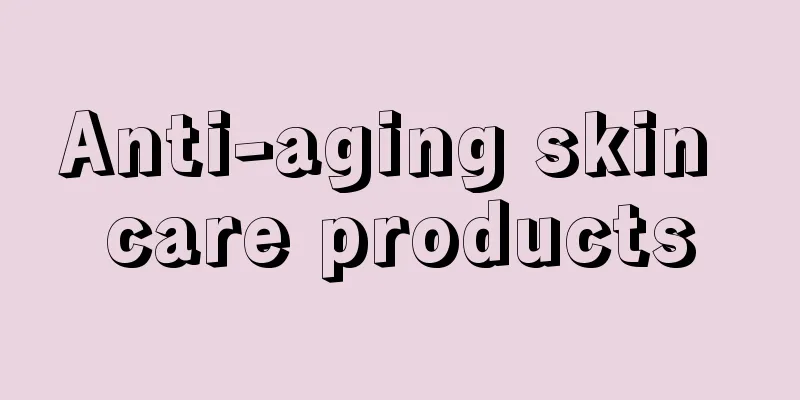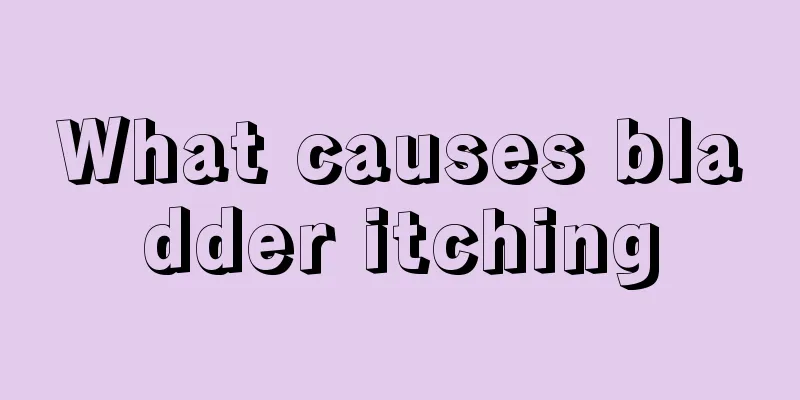Can iodine kill mold?

|
Mold is a relatively common fungus and also one of the most widespread fungi. Iodine tincture does have the effect of killing fungi, but it is not effective against all fungi and all people. In daily life, there are still many ways to remove mold, such as edible bleach, vinegar, borax solution and baking soda, which can kill mold to a certain extent. 1. Try using a mixture of bleach and warm water Add 1 cup (250 ml) of bleach for every 1 quart (3.8 liters) of water. Dip a medium-stiff bristle brush into some bleach solution and scrub the mold and mildew stains. Try to dry the area as much as possible afterwards, as moisture promotes mold growth. For hard-to-reach areas, you can put a bleach solution in a small spray bottle. Spray the bleach solution directly onto the mold, then scrub with a brush as usual. This solution is best for combating mold in bathrooms, kitchens, and other tiled home spaces or impervious surfaces. Bleach is very effective in killing mold and mold spores. Sodium hypochlorite, the active ingredient in bleach, is also the main ingredient in many mold removal products. However, bleach usually only discolors the mold spot; it doesn't remove it completely, just makes it less visible. 2. Use vinegar Pour undiluted white vinegar or apple cider vinegar into a spray bottle. Spray the vinegar on the moldy surface and scrub it thoroughly with a brush. Make sure to dry the area completely. The vinegar solution should only be used on impervious surfaces, such as tile, not wood. Unlike bleach, vinegar is non-toxic and does not release heady fumes. Vinegar, a weak acid, is said to be about 80% effective in killing mold, mildew and related particles. 3. Use borax solution to eliminate and inhibit mold growth Add 1 cup of borax for every 1 quart (3.8 liters) of warm water. Dip a brush in some borax solution and scrub vigorously to remove any mold growth. Wipe away any excess borax with a clean cloth and water. Borax should only be used on impervious surfaces. Tiled bathrooms and kitchens can withstand the effects of borax better than wooden surfaces. Although borax is toxic if swallowed, it is a natural, non-fuming cleaning product and should contain no added chemicals. It both kills existing mold and prevents future mold growth. 4. Try using baking soda. Baking soda is very gentle, effective, and safe for your family and pets. It’s well-known as a gentle household cleaner and helps remove odors (no wonder it’s also used as a deodorant). There are two basic ways to use it: Mix the water and vinegar. Mix two tablespoons of baking soda with 8 quarts of water. Pour the mixture into a spray bottle and spray it on moldy areas, such as bathroom tiles. Take another spray bottle and fill it with the previous vinegar solution, and spray the same area (the combination of the two solutions will produce a chemical reaction, releasing carbon dioxide). Vinegar is often used with baking soda because it kills different types of mold. Sprinkle baking soda directly on the moldy area. This method is effective on permeable surfaces such as wood furniture or drywall. Allow the sodium bicarbonate (baking soda) to penetrate the damp surface before wiping it clean. |
<<: Occult blood in urine routine
>>: What to eat to lower blood pressure
Recommend
What are the benefits of vinegar for hair
Vinegar is something that we can easily come into...
What are the dietary customs of the Hui people
There are many ethnic minorities in my country. D...
Can I detect pregnancy three days after having sex?
Many women are eager to get pregnant quickly, so ...
Principles of dietary treatment for kidney cancer
Kidney cancer patients should pay attention to di...
How to prevent lung cancer
At present, the incidence of lung cancer is very ...
Do kidney stones grow fast?
Kidney stones are a urinary system disease caused...
The causes and hazards of high blood uric acid. High blood uric acid is very harmful
The main causes of high blood uric acid levels ar...
Exercise method to treat facial granules
Many friends will find that many small flesh part...
Stomach acid esophageal burning
Gastric acid is an important substance in the hum...
Can scallion white cure insomnia
Scallion whites generally cannot treat insomnia, ...
What to do if acne appears in the t-zone
The T-zone is a very important area on the human ...
The harm of leftovers for a few hours
Leftovers are inevitable in normal times. Althoug...
Why does abdominal bloating occur
I believe that abdominal bloating is something th...
What are the symptoms of idiopathic pulmonary hypertension
Idiopathic pulmonary hypertension will have an im...
Causes and treatments of thigh melanoma
Melanoma is a tumor that develops from the malign...









